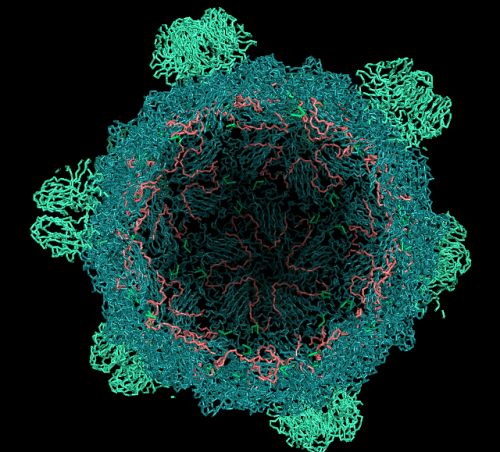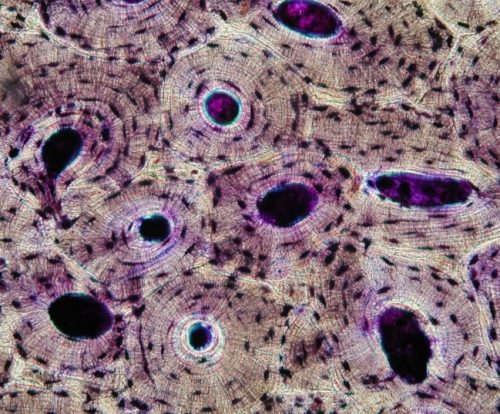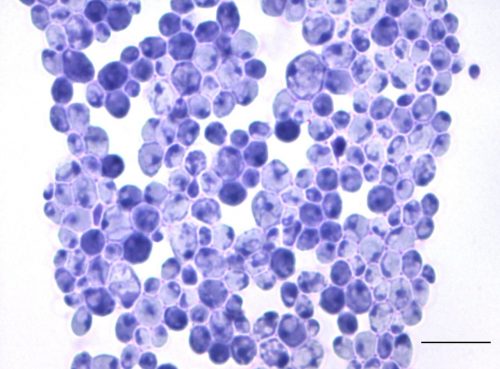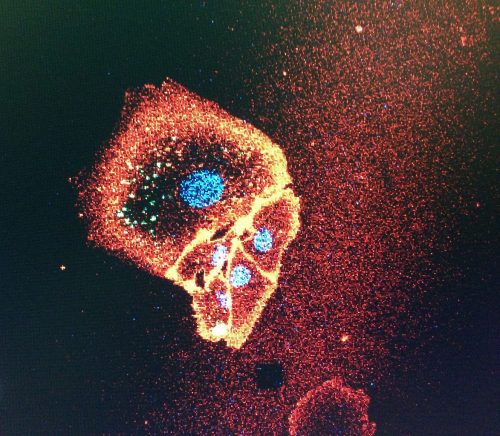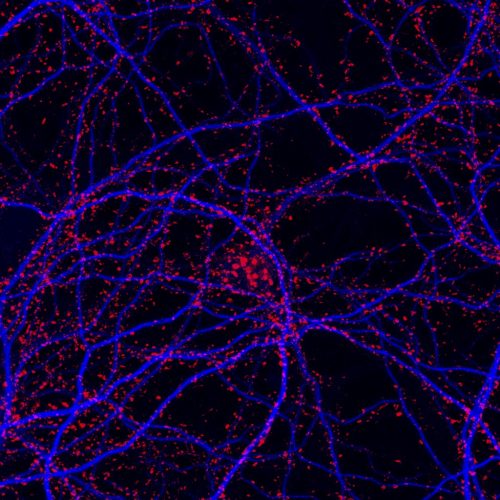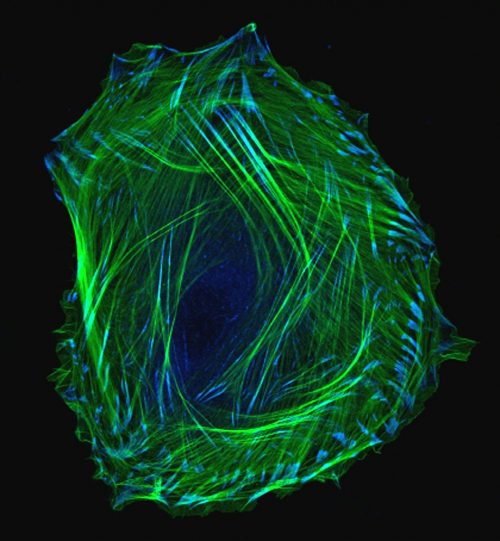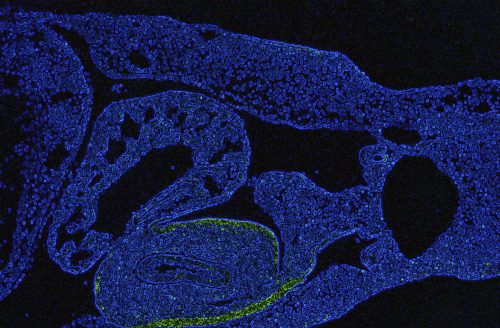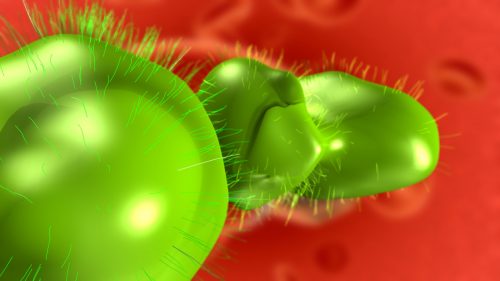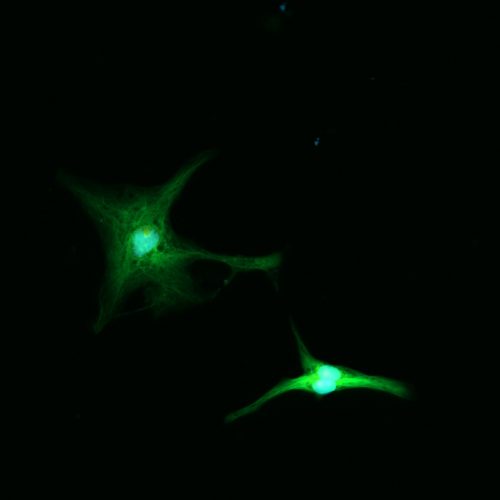
The ability to make stem cells from other cell types has largely been a recent phenomenon. It took a huge amount of research and testing to get to that point and, even today, it requires a complex cocktail of chemicals to induce the needed genetic and epigenetic changes that revert a cell to its infancy. […]

